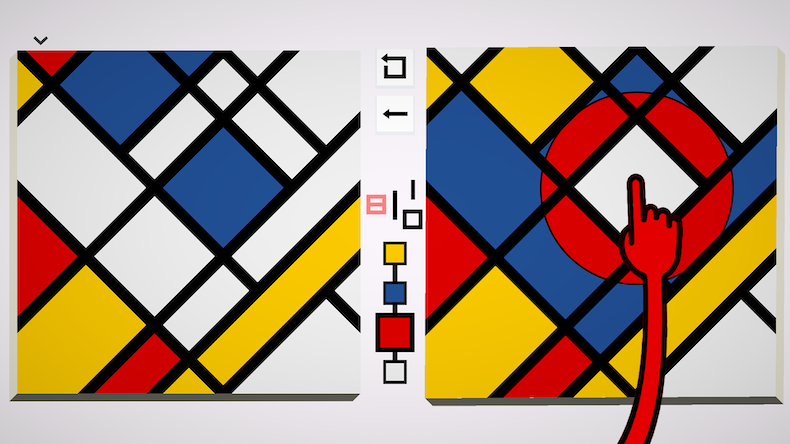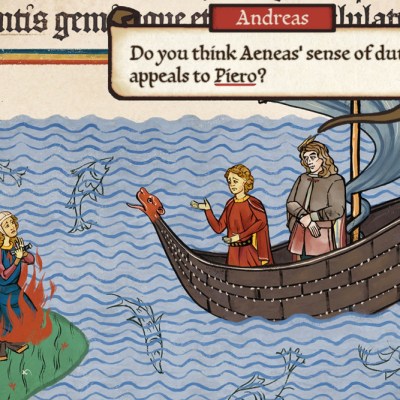It has long been accepted that video games can be just as ripe for artistic interpretation as any other medium. But some designers have taken things a step further by making art or art history the primary subject of their games. One of these is Relooted, the demo version of which is soon being made available ahead of the game’s as-yet unscheduled final release. Designed by the South African studio Nyamakop, Relooted follows a group made up of citizens from across Africa who decide to take restitution into their own hands by taking back African objects held in Western museums. To celebrate the news, here are some more video games that put art – from medieval manuscripts to Mondrian – at the centre of the frame.
Pentiment (2022)
Set in the fictional Bavarian village of Tassing in the 16th century, Pentiment is a game that revels in feudalism, political revolt and artistic craft. Players take the role of Andreas Maler, an apprentice painter tasked with finishing an illuminated manuscript before he can escape to bigger and better things in Nuremberg. Pentiment has enough violence and intrigue to satisfy the general gamer but it also brings an attention to detail that will delight those with an interest in the finer points of woodcut printing, ink density and manuscript marginalia.

Occupy White Walls (2018)
If you’ve ever liked the idea of owning your own art gallery, Occupy White Walls is perhaps the cheapest way to do it. The game, stocked with virtual versions of 2,400 artworks from the collections of the National Gallery and elsewhere, allows you to choose every detail of the museum of your dreams. Build an outdoor gallery dedicated to Van Gogh; a white-cube space graced exclusively with animal paintings; or a nightclub space filled with baroque sculpture – and then invite visitors (fellow players), who can leave feedback on your curatorial skills.
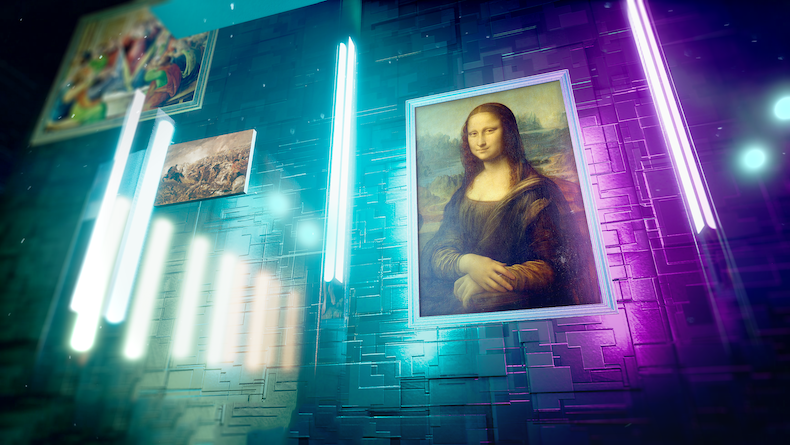
Four Last Things (2017); The Procession to Calvary (2020)
Joe Richardson trained as an illustrator before turning to art-historical game design – which he has said is because he ‘could not draw’. His two games Four Last Things and The Procession to Calvary both engage with the art of the Northern Renaissance. In the former, you play as a character based on a merchant painted by the Flemish painter Jacob van Utrecht (c. 1480–1530), making your way through Boschian landscapes. In the latter, the protagonist, who is based on Rembrandt’s Bellona (1633), must find and kill a religious leader named ‘Heavenly Peter’. Details and backdrops from famous works by everyone from Bruegel to Hogarth are skilfully animated and deployed in surreal tableaux.
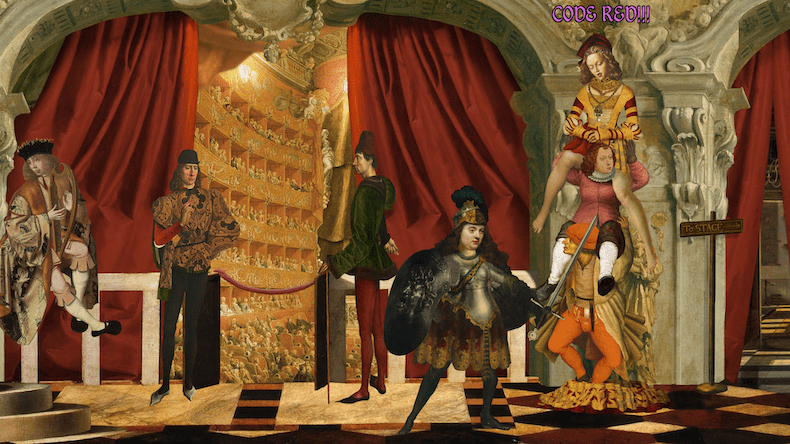
Pac-Mondrian (2002)
The title of this one speaks for itself. Everyone knows what Mondrian’s art looks like; everyone knows how Pac-Man works. Combine them and you get this fun little game, brought out in 2002, where the bright grid of Broadway Boogie Woogie has been overlaid on the Pac-Man maze. The game is no longer playable, unfortunately, but surely some bright spark can cobble another version together, or perhaps even a series of similar games – Pac-Man Ray, perhaps, or Pac-Mannerism, where the ghosts are little versions of Giambologna sculptures.

Tomb Raider: The Angel of Darkness (2003)
The sixth game in the Tomb Raider series was generally considered a dud on release. It holds a special place in Apollo’s heart, however, specifically for level 10 of the game, which is set in the Louvre. Our heroine has to break and enter through the storm drains, make her way through the museum without being spotted by security, and then access the subterranean archaeological site, all in the hope of finding the fabled ‘Obscura’ paintings.
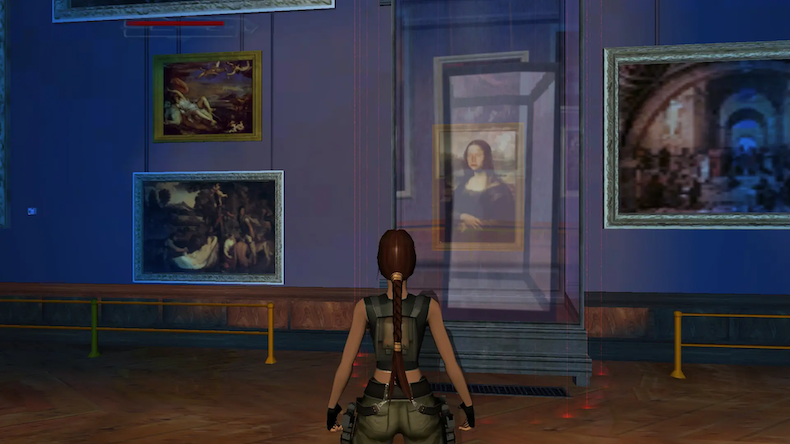
The Master’s Pupil (2023)
The Master’s Pupil is on one level a simple puzzle game, in which you control a 2D figure who has to run and jump across a series of platforms. But the real artistry is in the concept and design. The game is set inside Monet’s eye; as you work your way through it, you encounter his paintings, often in fragments that are only pieced together upon your completion of a specific puzzle. With the backdrop to every frame hand-painted over the course of some seven years by the game’s developer, Pat Naoum, The Master’s Pupil is an inventive and – fittingly – impressionistic take on the life of the great painter.
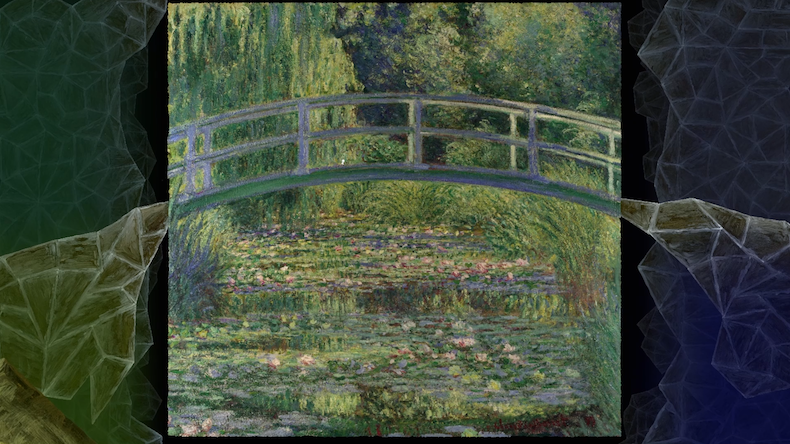
ARTé: Mecenas (2017)
ARTé: Mecenas allows players to assume the role of the head of the Medici family, with the aim of spreading their influence around Renaissance Florence and beyond. One of the ways to do this is through art, whether by patronising artists, donating artworks to churches or setting up an art academy. The game, which requires players to be able to identify famous artworks and tell the difference between an altarpiece and a fresco, for instance, is educational as well as entertaining.
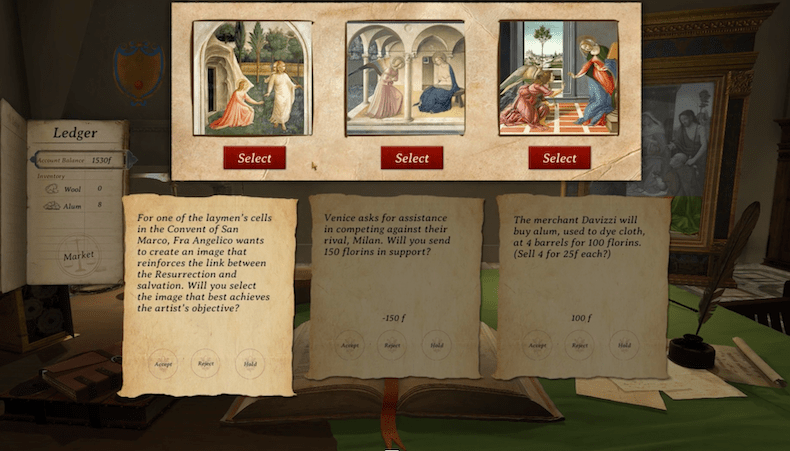
Please, Touch the Artwork (2020); Please, Touch the Artwork 2 (2025)
There is something about Mondrian’s clean lines that seem particularly suited to video games. The first instalment of this puzzle game, designed by Thomas Waterzooi, asks the player to recreate the exact composition of the painter’s grids by launching blocks, lines and dots of colour into the canvas. The sequel, which came out this year, is based on the work of James Ensor and involves having to find objects hidden among the Belgian painter’s teeming canvases.
